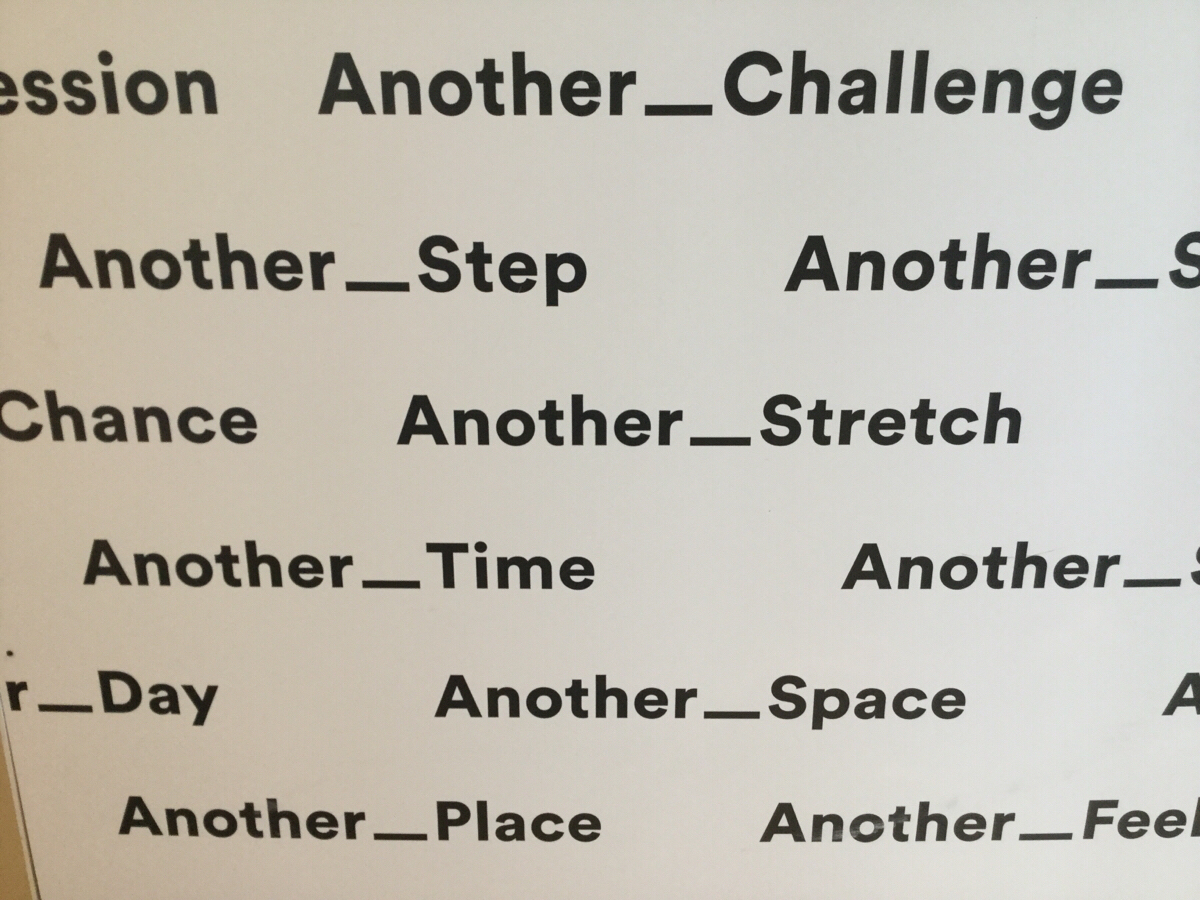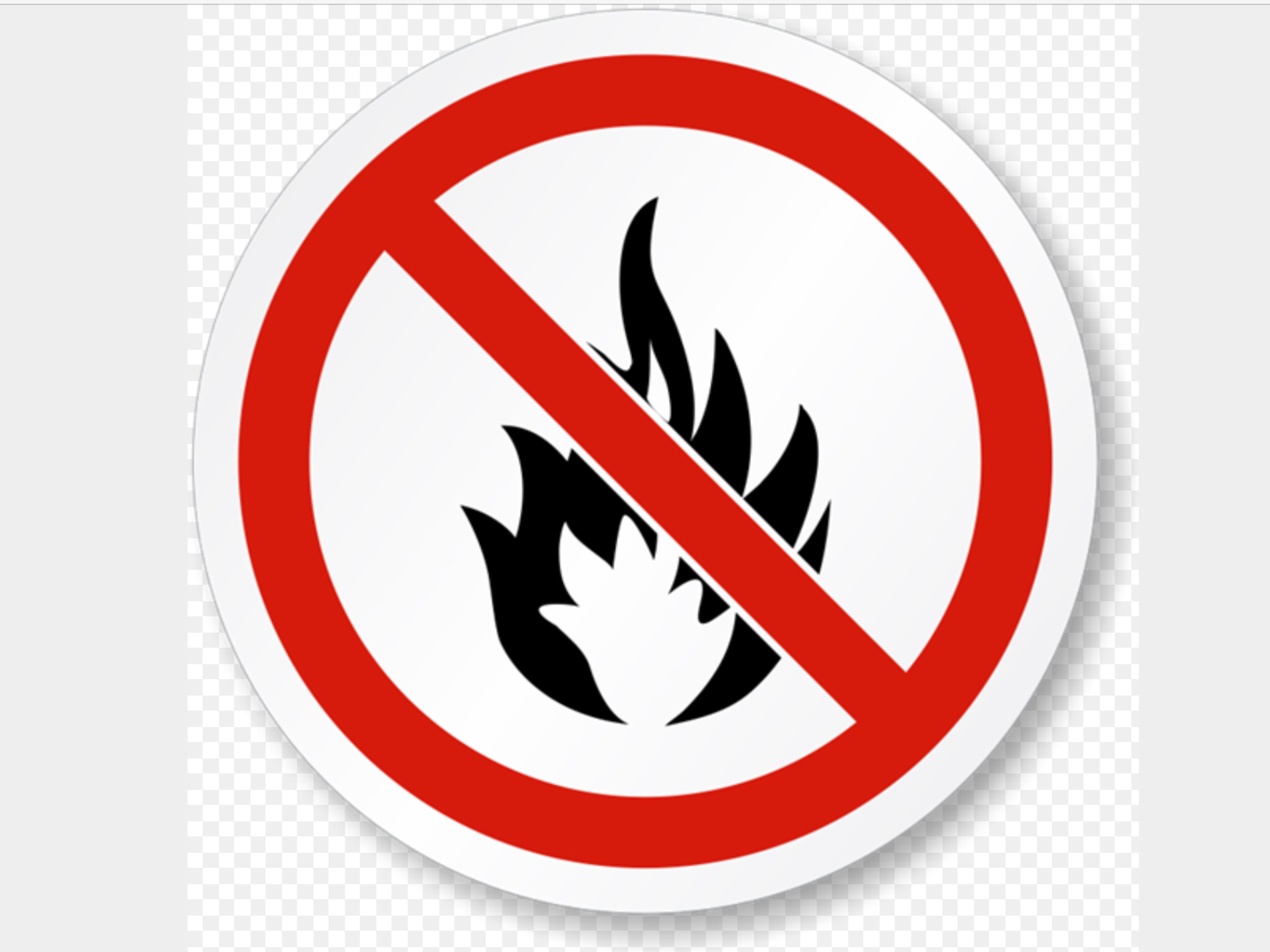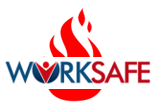Title Page
-
Site conducted
-
Conducted on
-
Prepared by
-
Location
Environment and Equipment
-
Facilities as well as opportunities for rest and relaxation, as well as sleep are provided
-
DR ABC for infants is in a snap frame on cot room
-
Safe sleeping poster ( red nose) is displayed in cot room in snap frame.
-
Manual lifting poster id displayed in snap frame for educators
-
The location of the sleep and rest area is within sight and hearing of an educator at all times children are sleeping or resting in the area.
-
The cots meet the Australian Standard AS/NZS 2172. Does your cot have a label displaying that it meets relevant standards? If not, are you able to produce <br>documentation outlining that it meets relevant standards?
-
The mattress (when purchased with the cot) meets the Australian Voluntary Standard AS/NZS 8811.1-2013). Does your Mattress have a label displaying that it meets relevant standards? If not, are you able to produce documentation outlining that it meets relevant standards?
-
Portable cots are used only for children under 15 kilograms and • meet Australian Standards • are in good condition • are correctly assembled • have working locking devices • are used in line with relevant guidelines • are used according to the manufacturer’s instructions.
-
Beds and bedding equipment meet the Australian Standards and ACCC recommendations (as required).
-
Bassinets are not on the education and care service premises at any time that children are being educated and cared for by the service (legislative requirement from 1 October 2023)
-
Toys are not stored it cot rooms.
-
Cots have adequate ventilation and are placed with space apart
-
Cots are regularly checked for maintenance and sides are in good repair and working order
-
Cot wheels in emergency cots are in good working order
-
Children are placed on backs and faces are uncovered
-
The sleep and rest area: has adequate ventilation
-
The rest and sleep area has adequate lighting
-
The sleep and rest area is maintained at an appropriate temperature.
-
There are no bumpers, infant positioners, inclined sleepers, pillows, or toys (including soft toys) in the sleep space in line with best practice age recommendations.
-
All surrounding facilities, materials and equipment are in good repair and appropriate for the age group of children.
-
Hazards from electrical outlets and cords have been managed
-
Hazards from curtains and blinds including cords, have been managed.
-
Each child has bedding appropriate for the age of the child (a safe cot with a safe mattress, or bed) and appropriate bedding and/or sleeping bag that is clean, in good repair and safe<br>
-
Processes are in place to ensure educators check each child’s: clothing is appropriate for sleep and rest times (for example, hoodies are removed), jewellery that could present a choking or strangulation hazard is removed during sleep and rest times (for example amber necklaces).
-
Processes are in place to ensure educators check that if swaddles are used with infants, these are: firm but not tight and do not cover the infant’s face and only used for infants who are not yet rolling.
-
Regular checking of sleeping children (for example: each infant under two (2) is checked and recorded every 10-15 minutes by an educator: including a visual inspection of the child’s skin colour, breathing and sleeping position.
-
Each child who is sleeping or resting is continually supervised and in sight and hearing of an educator
-
SUDI risk assessments are completed at enrolment and regularly <br>reviewed by educators working with children
-
Processes are in place to communicate children’s sleep and rest needs with families, including:<br>• setting expectations for how children sleep and rest<br>• changes to children’s routines or health needs, which may require amendment to the service’s practices
Educator Training
-
Each educator has undertaken recognised safe sleep training
-
New educators have completed an induction and understand their obligations to follow sleep and rest policies and procedures.
-
Regular opportunities are identified to discuss and review sleep and rest policies and procedures (such as making it a standing agenda item for team meetings).
-
Policies and Procedures
-
The service’s sleep and rest policies and procedures have been updated to <br>address any hazard or risk identified.
-
The service’s sleep and rest policies and procedures have been provided <br>to families and carers
-
The service’s sleep and rest policies and procedures is developed (and/ or amended) in consultation with families and carers.
-
The service’s sleep and rest policies and procedures is based on best practice recommendations and advice from a recognised authority (such as Red Nose).













